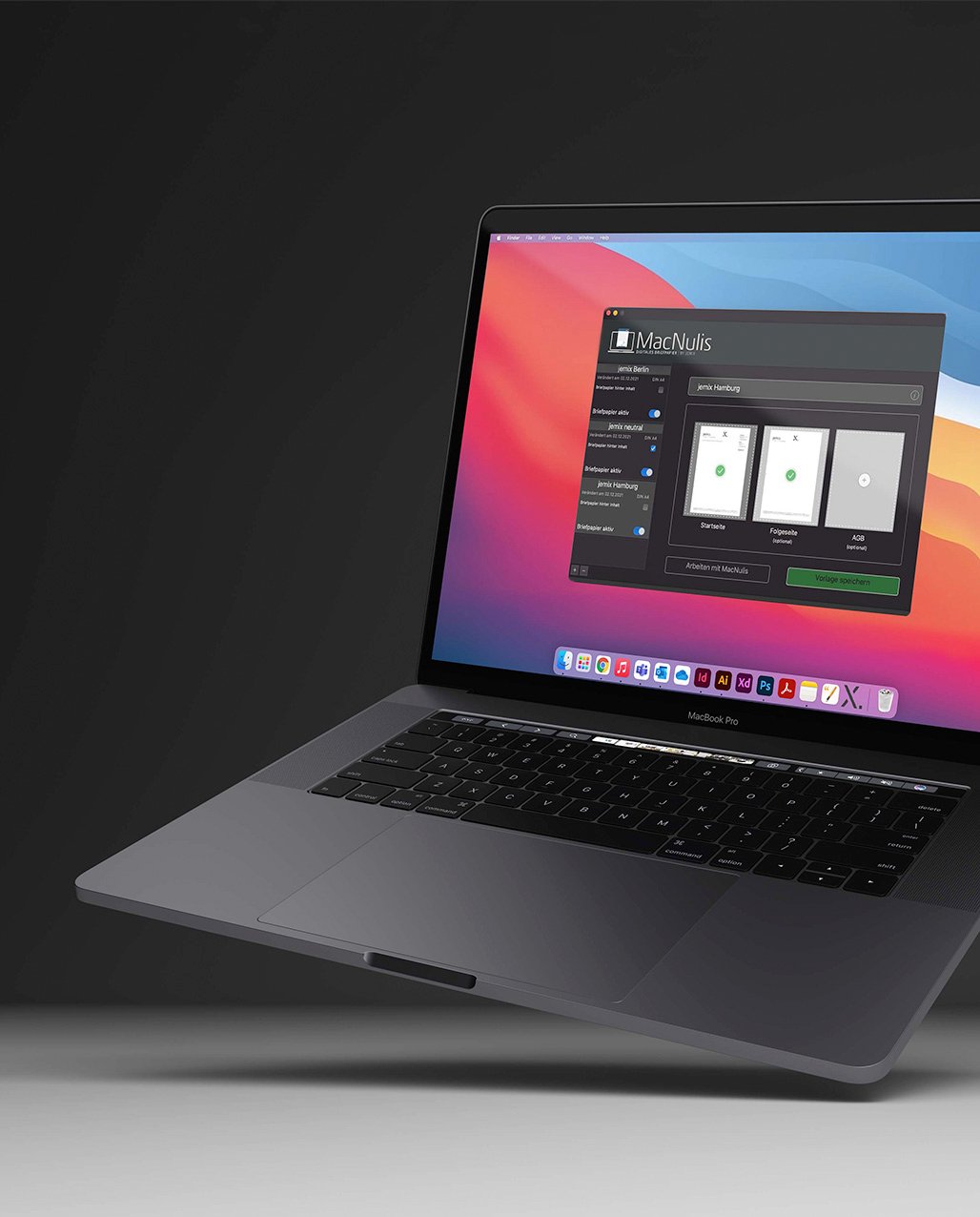Electronic Invoice Delivery
In almost every company, a visible result of digitization is that the majority of business mail is sent electronically – partly in use of a digital letterhead. It’s no wonder, after all, that the advantages outweigh the disadvantages when offers, inquiries, and contracts are routinely sent digitally. The electronic sending of business mail is characterized by fast response and delivery times. In addition, companies save on costs for postage and paper and it also helps the environment. Many companies (still) seem to be reluctant only with the transition to electronic invoicing. The fact is, however, that with every invoice that is still sent by conventional mail, a company foregoes considerable financial savings and thus also reduces the company’s profit. So the idea of a digital stationery probably sounds familiar for you and your company?
Advantages of electronic Invoicing
The advantages of electronic invoicing are manifold. In addition to significant cost benefits through process automation and increased efficiency, the advantages also include proven cash-flow advantages. The electronic invoice is not only created faster; it also reaches the recipient much faster, which means that the customer pays the invoice faster with the corresponding effect on liquidity and cash flow. Far more obvious are the savings for postage, paper, printer ink/toner, and folders – a financial expense that arises with every single invoice sent by mail. In addition, there are the storage costs of the folders due to the 10-year archiving obligation as well as the costs of working hours for the tedious search for and copying of previously filed paper invoices in case of inquiries and queries.
According to a conservative estimate by Haufe Verlag, the savings potential with the introduction of e-bills reaches up to 20%. The calculation by secrypt GmbH even shows an average savings potential of 6.60 Euro to 11.20 Euro per created invoice. The conversion to electronic delivery does not result in any disadvantages for either the sender or the recipient. And since the Tax Simplification Act of 2011, which enshrines the equality of e-invoices and paper invoices in the law, companies can digitize the sending of invoices even more easily.



What to keep in mind when introducing electronic invoicing
The mandatory information that an invoice with a gross amount of over 150 euros must contain is clearly defined by law. The way in which invoices are sent, whether by mail on paper or digitally, is irrelevant. The mandatory details of an invoice are regulated in particular in §§ 14 and 14a of the Umsatzsteuergesetz (UStG)- Value Added Tax Act. In addition, the legally defined mandatory information for business mail (see the remarks of the Berlin Chamber of Commerce and Industry), which of course also includes an invoice, also applies.
If the straight legal text is too dry for you, you will find on the IHK Region Stuttgart website or additionally on the Hamburg Chamber of Commerce website annotated compilations of all mandatory data including important information on special cases, small sums settlements as well as the exemption of small entrepreneurs who have to show the value added tax on their invoices separately. The IHK Stuttgart also provides a checklist in PDF format for download. The 2015 practical guide for companies of the Arbeitsgemeinschaft für wirtschaftliche Verwaltung e.V. (AWV), sponsored by the Federal Ministry of Economics and Energy, is recommended for cross-border invoice exchange in particular. Since the Tax Simplification Act of November 2011, invoices can also be sent electronically without major hurdles. The only condition for digitization is that the invoice recipient agrees to electronic transmission. It is helpful to note that the invoice recipient also benefits from electronic delivery and can also save money. The recipient also no longer must file their invoices on paper and thus does not need shelf space for so many files. In addition, electronic delivery facilitates internal transfer and the processing procedures, so that deadlines for cash discounts and terms of payment can be met more easily.

Forms of electronic invoicing
For most companies, the invoice content is created using a software program. If the number of invoices is relatively manageable, quite a few small and medium-sized enterprises, individual entrepreneurs, trades businesses, and start-ups use a spreadsheet program such as Excel for this purpose. The change to a simple or even more well-developed and customizable accounting software such as Lexware, Datev, or SAP is only worth it for a certain number of invoices each month.
There are different possibilities for the electronic transmission of an invoice:
– in the attachment of an email in the form of a PDF
– as Mail
– as a web download
– as a transfer by fax
– through data exchange via EDI (electronic data interchange with structured messages)



Tax simplification Law
Until 2011, every invoice sent electronically had to be provided with a digital signature. This requirement has been lifted and thus another hurdle on the way to digitizing invoices has been removed. The digital signature is one way of confirming the trustworthiness of a document. Of course, it can still be used, but it does not have to be. According to the law, only the “authenticity of the origin, the integrity of the content, and the legibility of the invoice must be guaranteed”. This means that the identity of the invoicing party must be clear, the integrity of the invoice details must be ensured during transmission and the content must be legible to the human eye.
However, no change of medium is permitted during archiving. Invoices sent electronically must be archived electronically by both the sender and the recipient. Otherwise, an internal control procedure in its simplest form – i.e. the comparison of order/contract and invoice – is sufficient.

The easy way: Send invoices digitally in PDF format
With the recent elimination of the signature requirement, the conversion to the electronic dispatch of invoices can be carried out easily and without any problems.
Sending invoices electronically, usually as a PDF attachment by email, brings advantages for both the sender and the recipient.
All the more reason to ask why so many individual entrepreneurs, founders and start-ups, trades businesses, and smaller companies still send their invoices printed on company stationery and by mail. One reason may be that invoices, like any other form of external corporate communication, have an important, image-shaping communication effect in addition to the simple information function. An invoice printed on well thought-out company stationery that corresponds to your own corporate identity communicates professionalism, supports an amiable perception and customer loyalty, and is suited for creating trust. MacNulis has been developed in order not to miss out on this important communication effect and still be able to send invoices cheaply and efficiently by e-mail. MacNulis, the software app for the Mac user, combines the PDF of the company letterhead design with an invoice. Ready to send with just one click as an invoice PDF in the corporate design.



